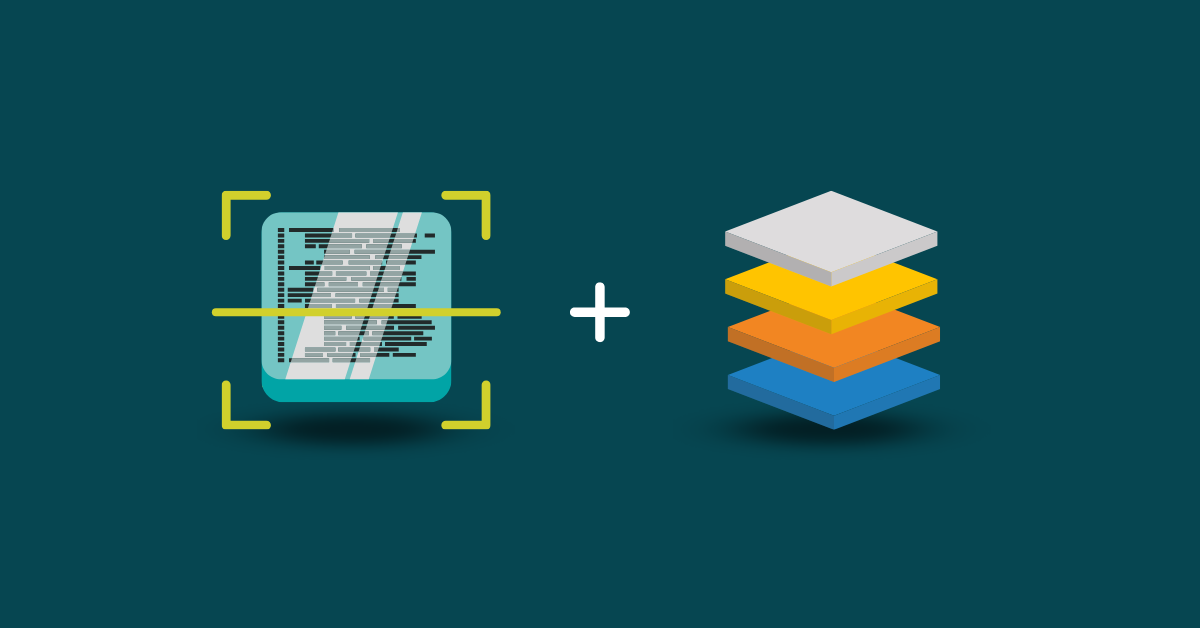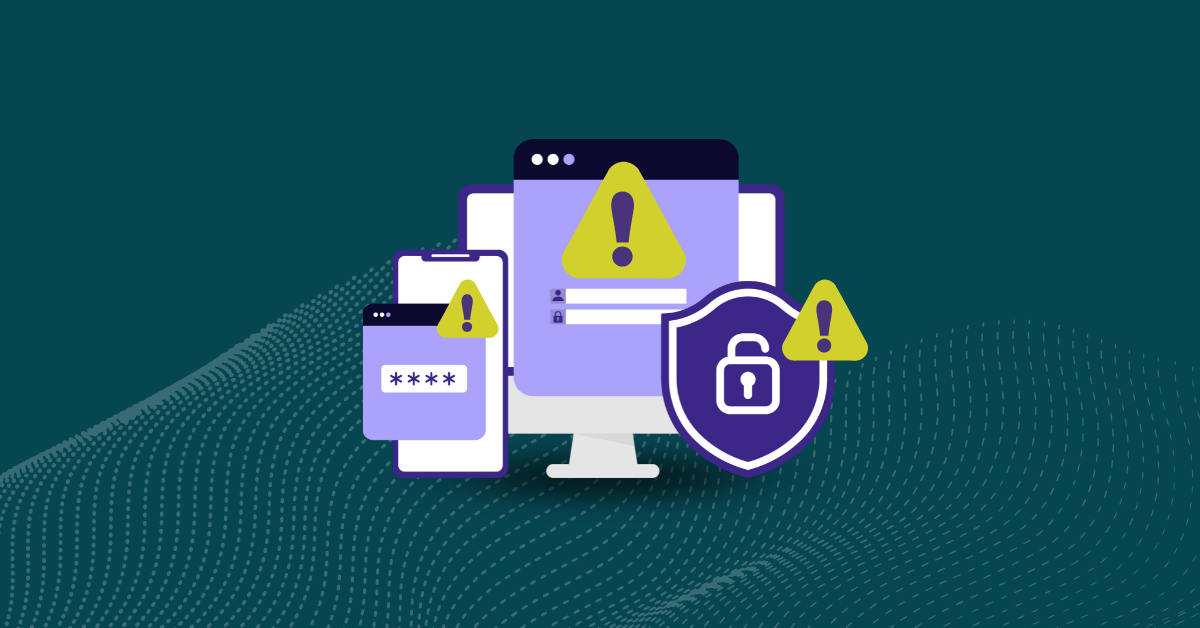

With every crime committed, a detective can trace its origins back to the perpetrator. The same can be done with cybersecurity breaches. Most software vulnerabilities or major security threats can be traced back to the software development lifecycle. A simple oversight like missing a security scan in the source code, skipping SAST analysis, or not scanning third-party libraries can all contribute to serious security risks.
That’s why application security should be part of every developer’s job. Knowing what to watch out for is just as important as knowing how to remediate it. In this post, we’ll explore common vulnerabilities that put web applications and users at risk, along with practical ways to prevent data exposure and protect sensitive information from hackers and other malicious actors.
Software security issues are known vulnerabilities within your application. This can be anything from poor design and misconfigurations, to outdated code. Known vulnerabilities can lead to bad actors accessing personal or highly sensitive data, resulting in penalties, loss of trust, and much more.
As vulnerabilities can be detrimental to companies, development teams now have to watch out for another emerging category: AI-generated code. As artificial intelligence becomes more common in programming languages and frameworks, developers must understand how it can introduce new security flaws or weaken access control. Understanding which types of software vulnerabilities exist in your systems should be on every organization’s priority list but understanding why they matter is just as important.
Just last year, the average global data breach dropped to 4.44 million (USD), marking a 9% decrease from the previous year—showing that organizations are taking their cybersecurity strategies more seriously. However, the findings revealed that the average cost of a data breach in the U.S. rose from 9.36 to 10.22 million (USD), raising questions about which security risks contributed to this increase.
But cost is only one aspect to consider. Today’s security threats don’t always begin with sophisticated malware or hackers—they often start with basic, preventable software vulnerabilities that occur during development or configuration. Some even stem from AI-generated code, where lack of validation or poor source code analysis can lead to hidden security flaws.
Here’s why addressing these vulnerabilities early in the software development lifecycle is more important than ever:
Earlier this year, an education information app called PowerSchool fell victim to a mass data exposure, revealing personal and academic data of 62 million students and 10 million teachers. The breach stemmed from known vulnerabilities that attackers exploited to access sensitive information and web application data.
Ransomware, AI-driven attacks, and supply chain exploits are on the rise, often taking advantage of common vulnerabilities like SQL injection, cross-site scripting (XSS), and server-side request forgery (SSRF). These exploits have become easier to automate with modern attack frameworks and are increasingly powered by AI-generated code used by malicious actors.
According to IBM’s Cost of a Data Breach Report 2025, costs vary significantly by region, with the U.S. leading at an average of 10.22 million USD. Many incidents originated from poor authentication, weak access control, or unpatched functions in production systems that attackers could exploit for lateral movement.
Cybersecurity breaches have ripple effects that can last months or even years. About 86% of businesses experience major disruptions due to data breaches, 44% of these involved shadow AI, and 23% experienced reputational damage.
While the average time to detect a vulnerability has improved to 172 days (the average time to detect a breach was 204 days last year), third-party and API-related vulnerabilities have increased from 179 days to 190 days. Without effective logging and monitoring, hackers can remain undetected in systems, compounding the damage over time.
Although not all security threats can be eliminated, adopting a DevSecOps approach and integrating SAST, OWASP-aligned checks, and continuous source code analysis throughout development can significantly reduce risk. Organizations that embed these tools early in the SDLC save an average of $227,000 (USD) per breach compared to those that address issues post-deployment.
While all of these factors are important to highlight, it is equally important to understand the common types of vulnerabilities organizations face.
Below are some of the common vulnerabilities found in modern software and the easiest ones that bad actors look for first. By understanding how these types of vulnerabilities happen and learning how to prevent them, developers and teams can reduce risk, enhance software quality, and gain confidence in the code they release.
Outdated code is one of modern software development’s most persistent and overlooked security vulnerabilities. Whether it’s an old legacy function or a third-party library that hasn’t been updated, old code often contains known vulnerabilities and security risks that are documented and easily exploitable by attackers. These software vulnerabilities can lead to anything from data exposure to full system compromise.
In many cases, outdated code isn’t the result of negligence but rather from fast-moving teams, growing complexity, and a lack of visibility across the source code. These risks compound over time without a structured vulnerability management process and regular SAST or source code analysis built into the software development lifecycle.
Open source enables much of today’s software development, powering everything from front-end frameworks to critical back-end systems. But with that convenience comes risk. Many open-source packages are maintained by small teams and may contain security vulnerabilities or common vulnerabilities and exposures (CVEs) that go unnoticed until they’re exploited.
When teams blindly trust or fail to vet third-party dependencies, they expose themselves to cybersecurity threats outside their direct control. These issues can lead to malware injection, data exposure, or unauthorized access to sensitive information through unvalidated APIs and functions.
Supply chain attacks and dependency confusion incidents have compromised thousands of organizations by exploiting weaknesses in shared libraries. Once compromised, these components can silently integrate into your application and provide attackers with a backdoor into production environments.
SQL injection (SQLi) attacks are among the most well-known and dangerous web application vulnerabilities. They occur when untrusted or unsanitized user input is passed directly into a database query, allowing attackers to manipulate the SQL syntax and gain unauthorized access to sensitive information. In some cases, attackers can modify or delete records, escalate privileges, or execute administrative functions on the database.
Despite being a long-standing cybersecurity threat, SQL injection remains common. These attacks often happen when developers build dynamic queries without proper input validation or fail to use parameterized queries. Hackers frequently automate these attacks to exploit known vulnerabilities in source code or third-party frameworks.
Security misconfigurations are among the most easily avoidable software vulnerabilities. They occur when systems, services, or application settings are left in their default states, incompletely configured, or overly permissive. These mistakes create security risks that can expose sensitive data, administrative interfaces, or internal APIs to the outside world.
A common subcategory includes unrestricted URLs or endpoints, where attackers can access hidden files or directories not meant to be exposed. This often stems from missing authentication, improper access control, or overly verbose error messages. Misconfigurations can occur across any layer of a web application—from servers and containers to cloud infrastructure and middleware.
Left unaddressed, they significantly expand your attack surface and create openings that hackers are constantly scanning for.
Cross-Site Scripting (XSS) vulnerabilities occur when an application allows malicious scripts to be injected into web pages viewed by other users. These scripts typically run in the victim’s browser, allowing attackers to hijack sessions, steal cookies or credentials, manipulate DOM elements, or launch phishing attacks. Though commonly associated with web applications, XSS can also affect hybrid apps and software that render HTML or handle user-generated content.
XSS is often introduced when user input is reflected into the page without proper encoding or sanitization. Since modern applications rely heavily on dynamic content and JavaScript, XSS remains a persistent and severe risk.
APIs are the backbone of modern applications, enabling systems to communicate, share data, and trigger business logic. But when they aren’t adequately secured, APIs can expose sensitive endpoints, leak data, or provide attackers with direct access to backend systems. Vulnerabilities often stem from weak authentication, excessive permissions, lack of input validation, or overly descriptive error messages that reveal internal logic.
Because APIs often serve machine-to-machine communication, they’re sometimes deployed without the same level of cybersecurity scrutiny as user-facing components. This makes them a growing target for malware, automated bots, and AI-driven attacks that exploit known vulnerabilities in API design.
A buffer overflow occurs when a program writes more data to a memory buffer than it can hold, causing the excess data to overwrite adjacent memory. This can lead to unpredictable behavior, including crashes, corrupted data, or execution of malicious code. For attackers, a buffer overflow can be an entry point to take control of the system or escalate privileges.
These software vulnerabilities commonly occur in lower-level programming languages like C or C++, where memory management is handled manually. Insecure source code practices, such as unchecked array bounds or unsafe library calls, heighten the risk. Once exploited, these security flaws can allow hackers to gain control over entire systems or compromise sensitive information.
Server-Side Request Forgery (SSRF) occurs when an attacker tricks a server into making unauthorized requests on its behalf, often to internal services that aren’t generally exposed to the internet. These attacks can be used to scan internal networks, access cloud metadata services, or retrieve sensitive data that the attacker shouldn’t be able to reach directly.
SSRF vulnerabilities usually occur when user input is used to construct URLs or request destinations without proper validation or restrictions. Because these attacks exploit where the server is allowed to reach—not just what it can do—they can be particularly dangerous in cloud environments or microservice architectures.
Broken authentication occurs when an application fails to verify user identities or manage session credentials securely. These flaws can allow attackers to log in as other users, bypass login restrictions, or hijack active sessions (sometimes with administrator privileges). It’s one of the most dangerous and commonly exploited security vulnerabilities.
Common causes include weak password policies, predictable session tokens, missing rate limiting, or exposing sensitive authentication endpoints without proper protections. As more applications rely on token-based auth, SSO, and external identity providers, authentication complexity is increasing, and so are the risks when things go wrong.
Lax access control arises when an application fails to enforce permissions correctly, allowing users or attackers to perform actions they shouldn’t. This can result in data exposure, privilege escalation, or unauthorized access to critical functions and sensitive information.
Access control issues often occur in web applications and APIs, where different roles interact with the same system. If permissions aren’t verified at every layer, users can exploit these vulnerabilities to view or modify restricted resources. Hackers can even chain access control weaknesses with SQL injection or XSS to gain full control of an environment.
Encryption is a cornerstone of secure software. However, implementing poorly can create a false sense of safety. Weak encryption occurs when outdated algorithms, short key lengths, or improper key management practices are used to protect sensitive data. Insecure encryption can expose credentials, personal information, or business-critical data to interception or brute-force attacks.
This issue often surfaces when applications rely on legacy encryption standards (like MD5 or SHA-1), hardcode keys into source code, or skip encryption in favor of internal data stores or API traffic. Attackers don’t need to break strong encryption; they just wait for someone to use weak or misconfigured settings.
Not all security threats originate externally. Inside threats, whether from disgruntled employees, careless contractors, or social engineering victims, can cause significant damage. These cybersecurity incidents may involve stolen credentials, unauthorized data transfers, or accidental data exposure of sensitive information.
Even well-intentioned employees can make mistakes that lead to security risks, such as clicking phishing links, using weak passwords, or storing confidential files in shared repositories. More severe cases include coordinated malware or ransomware attacks enabled by excessive access control privileges.
In addition to the vulnerabilities listed above, several other software vulnerabilities deserve attention. While these may not be as common, they can create severe cybersecurity challenges if left unchecked.
Insecure deserialization happens when untrusted data is used to reinstantiate objects in an application. This can lead to remote code execution, privilege escalation, or denial-of-service attacks. It’s most common in languages and frameworks that support object serialization, such as Java or .NET, and is dangerous when attackers can tamper with serialized data.
Attackers gain insight into your internal workings when applications reveal too much through error messages, stack traces, or debug logs. Sometimes, they even reveal enough to invite targeted exploits. Even seemingly harmless details can expose file paths, technologies in use, or validation logic, making it easier to break in.
Security incidents can go undetected for days or even months without robust logging and monitoring. Teams miss early warning signs like unauthorized access attempts, unexpected data transfers, or system anomalies, making it harder to detect and contain breaches in real time.
These attacks exploit how package managers resolve dependencies, tricking applications into pulling malicious code from public repositories instead of trusted internal ones. By uploading lookalike packages with common names, attackers can silently inject code into your build and compromise the application before it ever runs.
Software security is less about reacting to threats and more about building processes that make vulnerabilities less likely in the first place. That’s why strategies like secure coding, code quality enforcement, SAST, and SCA have become foundational in modern development. They give teams the visibility to find flaws early, the structure to prevent them from recurring, and the confidence to ship secure code faster.
Start your free Kiuwan trial today to find and fix software vulnerabilities before they become costly breaches.


